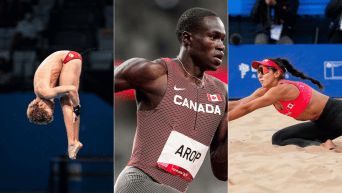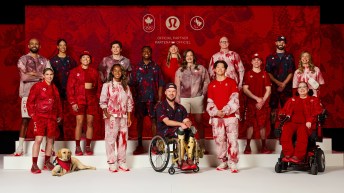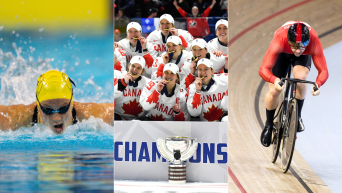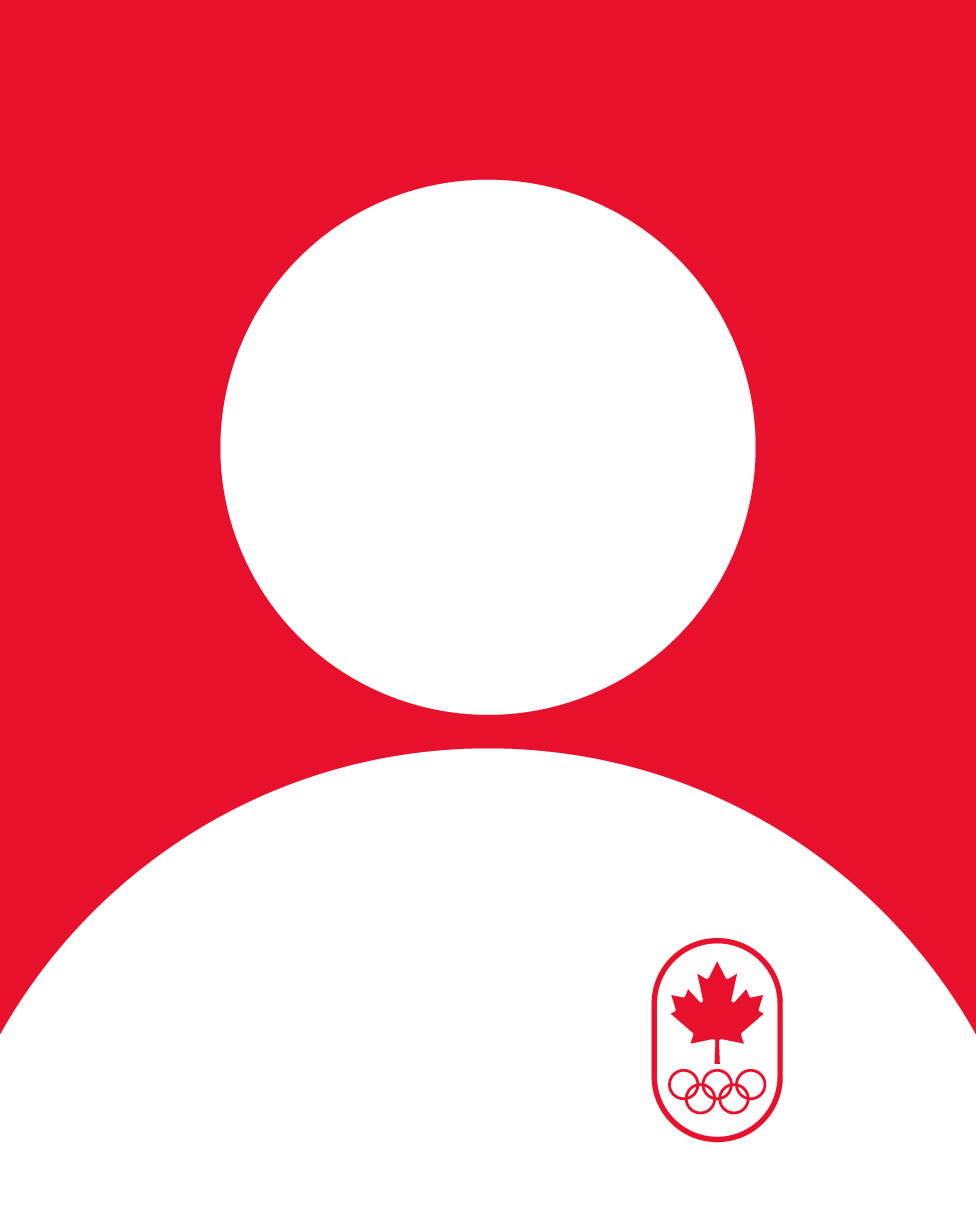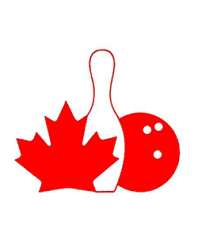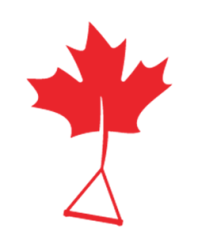Canada Ready to Bowl at Pan Am Games
With the XVI Pan American Games coming up this October, a unique group of teams will represent Canada in Guadalajara, Mexico. All summer long, we profile the nine sports in which Canada competes only at the Pan American Games.
For a group of friends, bowling is a fun social activity on the weekend. But this fall, the stakes are about to be raised.
The sport, more often associated with glow-in-the dark lanes and loud music, is also contested at the international level. Tenpin Bowling has been a fixture at the Pan American Games since 1991, and will once again be contested this October at the 2011 edition in Guadalajara, Mexcio.
As with the sport you know and love, the game consists of 10 rounds called “frames.” Each frame, players have two attempts to knock down 10 pins with a bowling ball. Points are then calculated according to the number of pins that fall, with the winner having the most points at the end of the 10 frames.
Absent from the Olympic programme, the Pan Am Games are Tenpin Bowling’s grandest stage. Preparations are already well underway, as Canada’s four-member team was selected a year ago from the gold and silver medallists at the national championships. But in the lead-up to the Games in October, the group will likely not train together, since bowling is more focused on individual performances.
“Our competitors are spread all across the country and we don’t have a specific training centre that the athletes can get together at,” said Stan May, Executive Director for Canadian Tenpin Bowling. “Mostly it’s contact with the national coach and their individual practice routines that they do on an ongoing basis for preparation for international events.”
The team heading to Guadalajara is made up of Caroline Lagrange and Mark Buffa of Montreal, Nanaimo, B.C. native Jennifer Park and Hamilton’s Art Oliver Jr. While none were on Canada’s last entry at the Pan Am Games four years ago in Rio de Janeiro, Brazil, May says that will not affect his team’s chances. No matter how strong or weak the roster is, it’s the lane conditions that can ultimately dictate the results.
The most significant factor is the length of the oil pattern placed on the lane. Usually there are two different oil patterns used – one short and one long. The oil patterns change how the bowling ball reacts on the lane so the athletes must be prepared.
“Bowling is a unique sport,” said May. “At any given competition, depending on the person that’s there and their abilities, it can certainly be in favour for them or it can work against them. Athletes need to be able to play on both of these conditions and have bowling balls that are designed to work on the different oil patterns so this is why bowlers usually travel with 6 – 8 different bowling balls.”
Fortunately for the Canadian team, the men are already familiar with the upcoming site. Both Buffa and Oliver Jr. recently competed at the Men’s Pan Am Championship in Guadalajara, giving them a feel for what they will have to contend with in the fall. In addition, Buffa and Oliver Jr. have been holding discussions with their female teammates – Lagrange and Park – as well as their coaching staff, to relay their knowledge.
“It’s extremely advantageous,” said May. “They get a feel for the bowling centre, the environment in there and the types of conditions. There’s been some significant conversation back and forth.”
In recent years, Canada has had no trouble with the conditions, as all four members have registered successful results. A member of Canada’s Pan Am team in 2003, Park is the veteran of the squad and will be counted upon for her leadership. She won a bronze medal in the singles completion in 1999 and finished fifth in doubles eight years ago. She was also a national champion in 2000 and 2005.
The other members of Team Canada have experienced similar fortunes. Lagrange is a two-time national champion (2004 and 2009), earning her Bowler of the Year honours. On the men’s side, Buffa finished with a bronze medal at the 2008 Pan American Championship of Champions in singles, while Oliver Jr. came seventh at the 2008 National Championship.
Over the past editions of the Pan Am Games, Canada has medalled on every single occasion since 1995, before the most recent tournament in 2007. With nine medals to their credit – three of each colour – over five Games, and the strength of this year’s team, Canada is once again looking to place at the top of the leaderboard.
“We’re always expecting a podium presence at any of the Games,” May said. “I would anticipate silver or better.”


